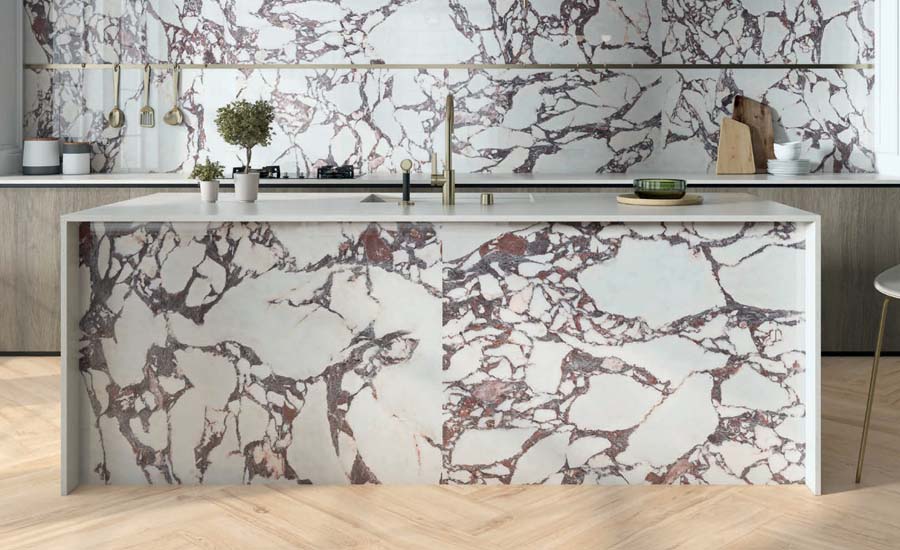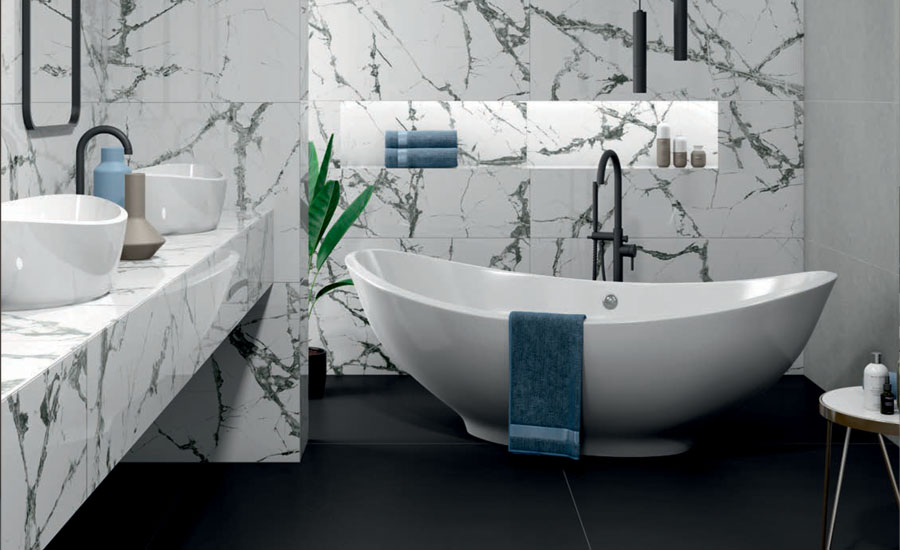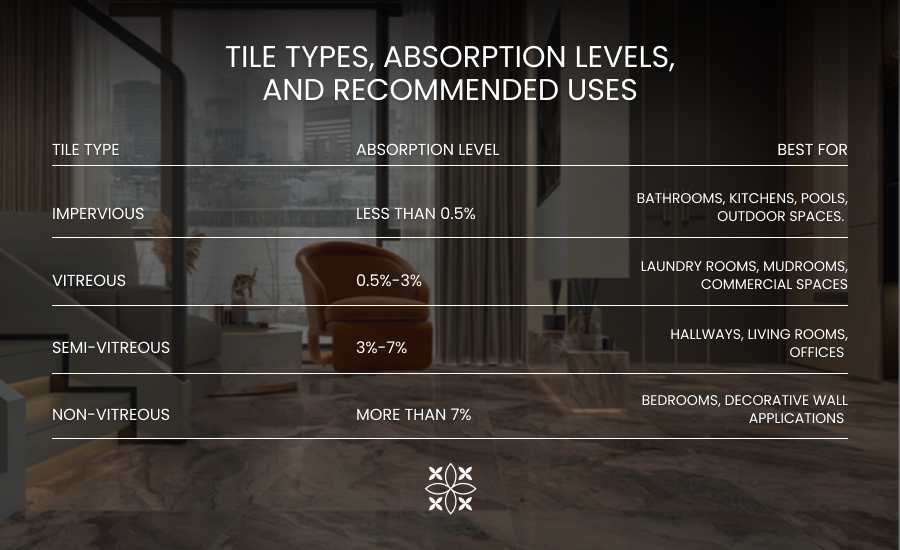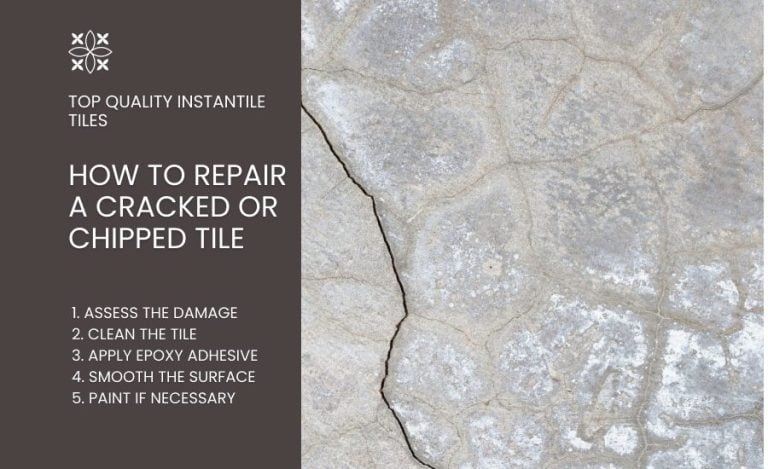Is Ceramic Tile Waterproof? Key Takeaways
- Ceramic tiles are highly water-resistant but not completely waterproof
- Ceramic tiles’ water resistance depends on the type of tile, the use of grout and sealant, and proper installation
- There’s a difference between waterproof and water resistance qualities
- To protect tiles from damage, you need to choose tiles with low water absorption, use a waterproof underlayment, and ensure your floor is properly sloped
If you are a real estate developer looking for quality bathroom flooring or a DIY enthusiast thinking of kitchen remodeling, water resistance is something you need to consider.
Is ceramic tile waterproof so that you don’t need to worry about spills seeping through and causing damage?
We’ll share:
- The factors that affect tiles’ resistance to moisture
- Other elements that can help fight water
- The difference between waterproof and water resistance
- How to protect your tiles from water damage
Are Ceramic Tiles Waterproof?
Ceramic tiles are highly water-resistant, but not fully waterproof.
There are several factors that determine how well they withstand moisture:
Porosity
Ceramic tiles have a porous structure, meaning they can absorb moisture to varying degrees. Tiles with lower porosity levels are more resistant to water. Higher porosity rate means lower water resistance.
Based on porosity, they fall into several groups:
- Impervious: These have less than 0.5% absorption and are a good option for wet areas like bathrooms, kitchens, pools, and outdoor spaces.
- Vitreous: These have 0.5%–3% absorption and are recommended for moderate-moisture areas: laundry rooms, mudrooms, and commercial spaces.
- Semi-vitreous: With an absorption rate of 3%–7%, these absorb more moisture and can be used in areas with little water contact, like hallways, living rooms, and offices.
- Non-vitreous: With more than 7% absorption, these tiles are an excellent choice for dry indoor spaces, such as bedrooms and decorative wall applications.
Glaze Type
The glaze on ceramic tiles also contributes to their water resistance.
- Glazed tiles have a protective coating made of silica, clay, flux, and colorants, which makes them highly water-resistant. They are typically used in bathrooms, kitchens, and backsplashes.
- Unglazed tiles are more porous and prone to moisture absorption if not sealed. You can use them in living rooms, hallways, and accent walls. When sealed, they can be a good addition for entryways and covered patios.

Other Factors Contributing to Water Resistance
While porosity and glaze are important for moisture resistance of tiles, there are several other elements that add in.
Grout
Used to fill the spaces between tiles, grout plays a key role in the overall water resistance of tiles:
- Epoxy grout: Made from epoxy resins and a hardener, it creates a waterproof bond between the tiles, improving their performance in showers, pools, and kitchens.
- Cement-based grout: A mixture of cement, sand, and water, it has a porous structure and must be sealed to prevent water absorption. For this reason, it is preferred for kitchens and laundry rooms.
Sealant
A sealant is a protective coating that can include silicone, siloxane, acrylic, or polyurethane. It is applied to tiles and grout to improve their resistance to moisture, stains, and damage.
- Grout sealant: Typically applied over cement-based grout, it creates a moisture-resistant layer, keeping water and stains away.
- Tile sealant: Used with unglazed ceramic tiles, it prevents water from seeping into the surface. It can work well with glazed tiles, especially in areas exposed to heavy water contact.
Installation
Good installation ensures ceramic tiles resist moisture over time.
- Well-sealed grout joints block water absorption and prevent mold growth.
- Correct slope and drainage direct water away, keeping it from making pools on tiled surfaces.
- Expansion joints leave room for slight movement, preventing cracks due to temperature changes.
Water Resistance vs. Waterproof: What’s the Difference?
Although some people might use the two terms interchangeably, there’s a clear distinction between water resistance and waterproof features.
- Water-resistant materials can repel water to a certain extent, but moisture can seep into them over time.
- Waterproof materials don’t allow water penetration, even under prolonged exposure.
Ceramic tiles, especially the glazed options, are highly water-resistant, provided they’re installed properly, and grout and sealant are used as needed.
For more insights about what tiles to choose for your bathroom floor, read our detailed guide.
How To Protect Ceramic Tile from Water Damage
While ceramic tiles are water-resistant, they’re not completely immune to damage. The good news? There are effective ways to boost their protection.
- Select tiles with low water absorption rates, such as impervious or vitreous tiles, which are more resistant to water.
- Seal cement-based grout with a waterproof grout sealant to prevent moisture from going into the grout lines. Reapply the sealant at regular intervals to achieve maximum results.
- Use a tile sealant for unglazed ceramic tiles to create a barrier against water.
- Consider sealing glazed tiles to preserve their finish and prevent stains.
- Use a waterproof underlayment beneath the tiles to prevent water from seeping through to the subfloor. This is key for wet environments like bathrooms and kitchens.
- Make sure that there are expansion joints to prevent cracking.
- Dry wet areas immediately to remove moisture and prevent water from staying on the surface and seeping into grout or unsealed tiles.
- Ensure that the floor is properly sloped, helping water drainage and reducing the risk of moisture damage.

Looking for Stylish, Water-Resistant Tiles? Discover Ceramista.
Ceramista offers more than just beautiful surfaces. We deliver smart, durable solutions built for modern living.
Our advanced INSTANTILE interlocking system speeds up installation by up to nine times, helping you cut labor costs without sacrificing quality.
It also enhances water resistance by minimizing grout lines and limiting moisture penetration, ideal for kitchens, bathrooms, and other high-moisture areas.
Crafted with Spanish expertise, Ceramista tiles come in a wide range of designs, from natural wood and stone looks to bold leopard prints, gold accents, and traditional Spanish patterns, giving you the freedom to match any style, mood, or project vision.
To ensure your floor looks beautiful and shiny, don’t forget to clean the grout lines
Is Ceramic Tile Waterproof? FAQs
If you have not found the answer you were looking for in the above sections, check out some commonly asked questions about tile waterproofing and water resistance.
What happens if ceramic tiles absorb water?
Over time, moisture can seep in and cause ceramic tiles to weaken, crack, stain, or develop mold. Regular sealing and proper installation can help protect your investment.
How often should I reseal grout?
For high-moisture areas like bathrooms and kitchens, reseal every one to two years. Resealing prevents water penetration and keeps mildew and discoloration at bay.
Are all ceramic tiles equally water-resistant?
No, glazed tiles and tiles with lower porosity ratings are more water-resistant.
Can I use ceramic tiles outdoors?
Yes, for outdoor spaces, choose water- and frost-resistant tiles with low porosity. Talk to our experts at Ceramista, and they’ll help you make the best choice for your needs.




